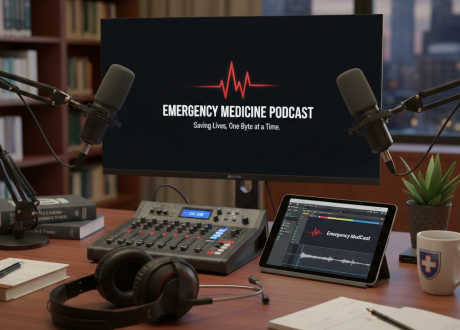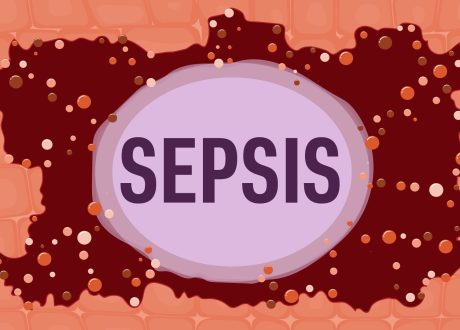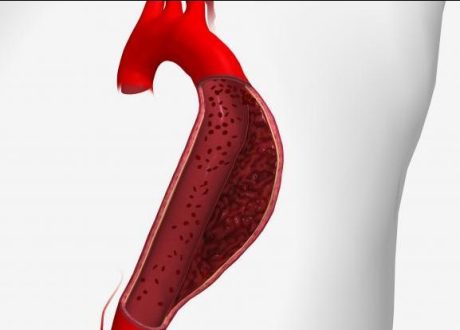Writtten by Rebecca Breed
Spoon Feed
Traditional laboratory cutoff values for D-dimer assays can still be employed in patients with COVID-19 to effectively rule out pulmonary embolism.
?Why does this matter
COVID-19 has been shown to induce a hypercoagulable state which makes patients more prone to form blood clots. Additionally, many symptoms of COVID-19 overlap with symptoms of PE, which may increase provider suspicion, tempting a clinician to go straight to CT pulmonary angiography (CTPA).┬а Utilizing D-dimer testing may decrease the number of unnecessary scans and radiation exposure, but can we trust it in COVID-19 patients?
?To the donut of truth
This multicenter retrospective observational cohort study identified 1158 patients from five EDs within a single hospital system that underwent CTPA and D-dimer testing during a single encounter.┬а There were two different D-dimer assays used; however, standard cutoff values were followed for each individual assay. D-dimer testing had to be performed within 24 hours of CTPA scan but was not always performed prior to CTPA (D-dimer was a standard admission lab in COVID positive patients).┬а Patients were classified as COVID positive if they had a positive test at any point during the encounter. In COVID positive patients, the sensitivity of D-dimer testing was 100% (95%CI 87.6%-100%), specificity was 11.9% (95%CI 7.9%-17.1%), and negative predictive value (NPV) was 100%. In COVID negative patients the sensitivity was 97.6% (95%CI 91.5%РђЊ99.7%), specificity was 14.4% (95%CI 12.1%РђЊ17%), and NPV was 98.3% (95%CI 93.8%РђЊ99.6%). Based on this study, the strong NPV amongst COVID patients with a negative D-dimer would allow us to effectively rule out PE.
Additionally, ROC curves were constructed for each assay, and authors found that increasing the cut-offs from 0.5 mg/L FEU (fibrinogen equivalent units) to 0.67 mg/L FEU for assay 1 and from 230 ng/mL DDU (D-dimer units) to 662 ng/mL DDU for assay 2 allowed for maintenance of 100% sensitivity while increasing specificity to 28.9% on assay 1 and 58.5% on assay 2.┬а These results suggest a higher cutoff value, or COVID adjusted D-dimer, may improve diagnostic accuracy and is an area of interest for future studies.
Source
The impact of COVID-19 on the sensitivity of D-dimer for pulmonary embolism. Acad Emerg Med. 2021 Aug 23. doi: 10.1111/acem.14348. Online ahead of print.








